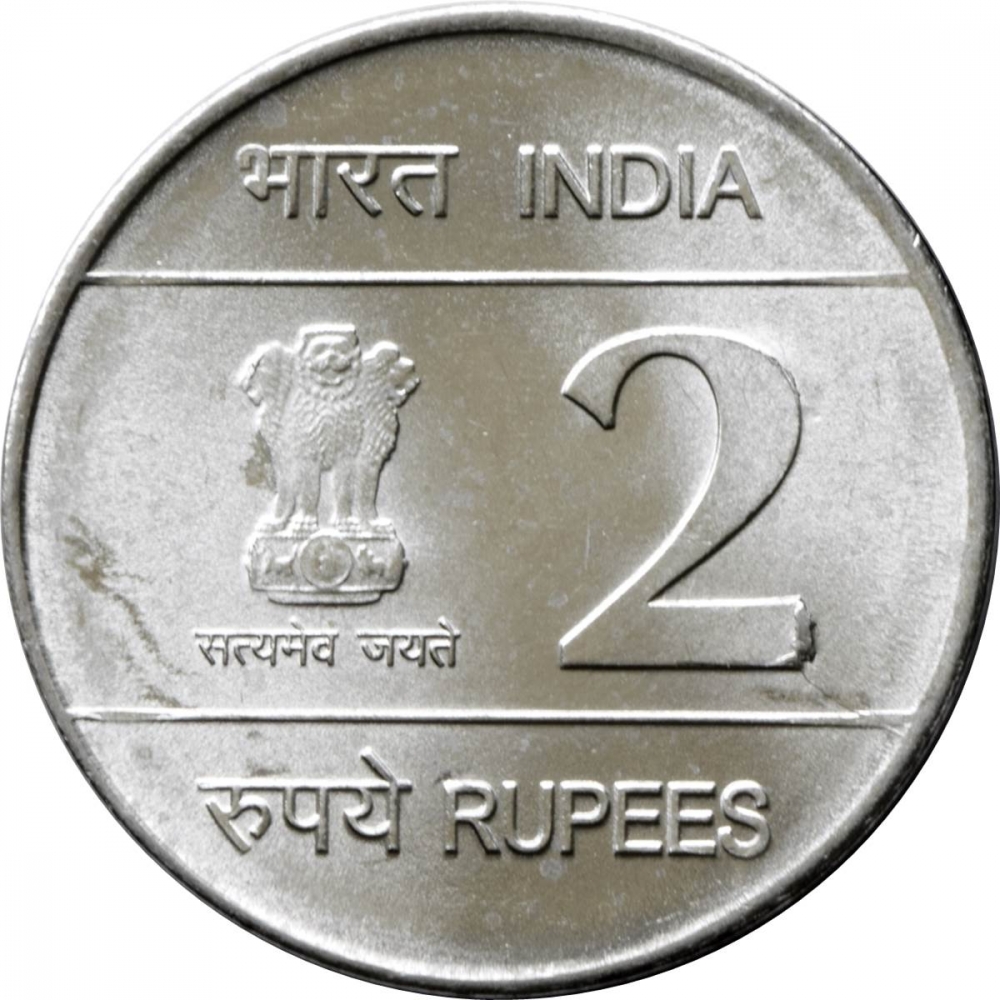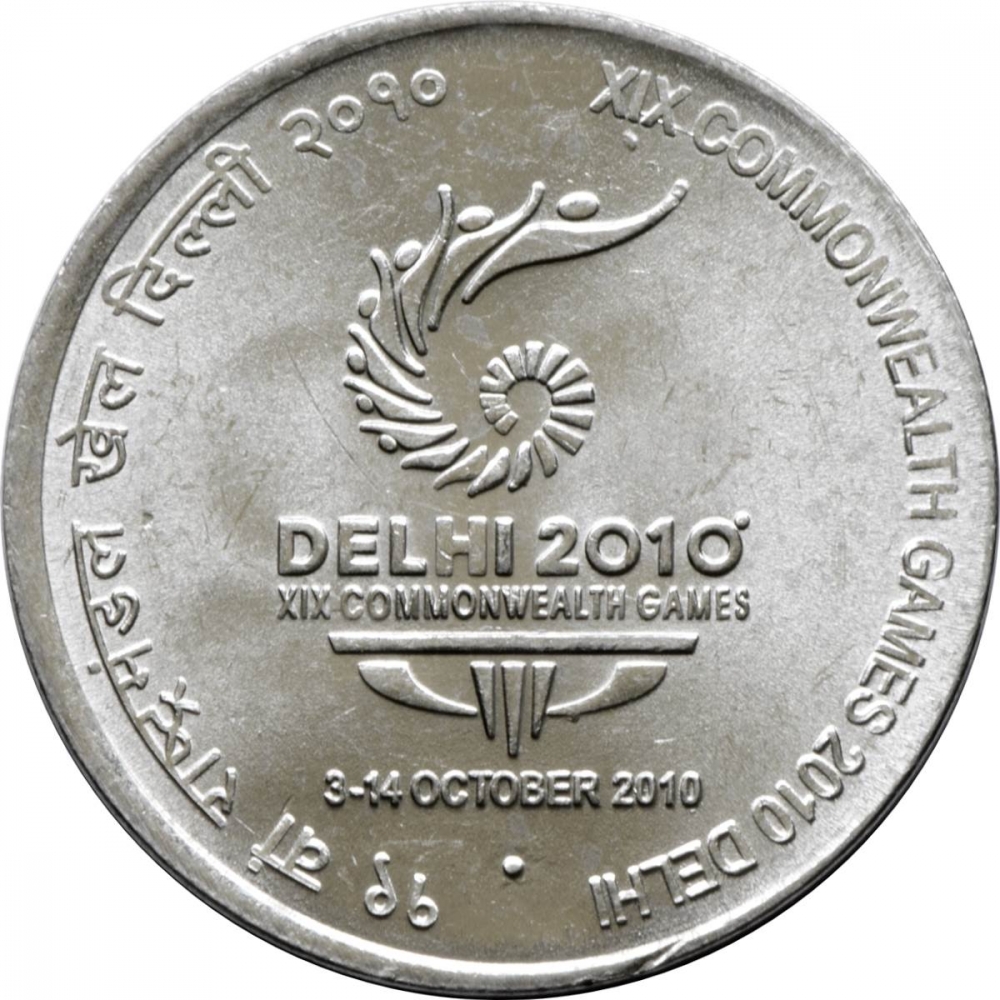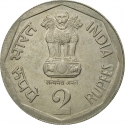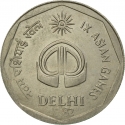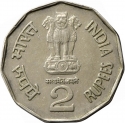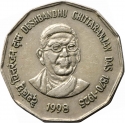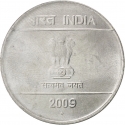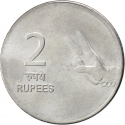You are about to finish your registration. Please check your mailbox (including spam folder). There should be a letter with a confirmation link. Check setting to make sure that your e-mail address is correct.
Send letter againDescription
The 2010 Commonwealth Games, officially known as the XIX Commonwealth Games, were held in Delhi, India, from 3 to 14 October 2010. A total of 6,081 athletes from 71 Commonwealth nations and dependencies competed in 21 sports and 272 events. It was the largest international multi-sport event to be staged in Delhi and India, eclipsing the Asian Games in 1951 and 1982. The final medal tally was led by Australia.
The Commonwealth Games (known as the British Empire Games from 1930–1950, the British Empire and Commonwealth Games from 1954–1966, and British Commonwealth Games from 1970–1974) is an international multi-sport event involving athletes from the Commonwealth of Nations. The event was first held in 1930, and, with the exception of 1942 and 1946, which were cancelled due to World War II, has taken place every four years since then. Although there are 53 members of the Commonwealth of Nations, 70 teams participate in the Commonwealth Games, as a number of dependent territories compete under their own flags. The four Home Nations of the United Kingdom—England, Scotland, Wales, and Northern Ireland—also send separate teams. Only six countries have attended every Commonwealth Games: Australia, Canada, England, New Zealand, Scotland, and Wales.
Obverse

|
Depicts the State Emblem of India with Satyameva Jayate below separated by horizontal lines from the country name above and value below. भारत INDIA |
|---|---|
Reverse

|
Delhi 2010 Commonwealth Games logo, mintmark (if any) below the date. १९ वां राष्ट्रमंडल खेल दिल्ली २०१० |
| Edge |
Characteristics
| Type | Commemorative Issue (Circulating) |
| Material | Stainless Steel |
| Weight | 5.6 g |
| Diameter | 27 mm |
| Thickness | 1.44 mm |
| Shape |
|
| Alignment | Medal |
| Mints |
Calcutta Mint (no mintmark) Hyderabad Mint (★) Noida Mint (●)
|
